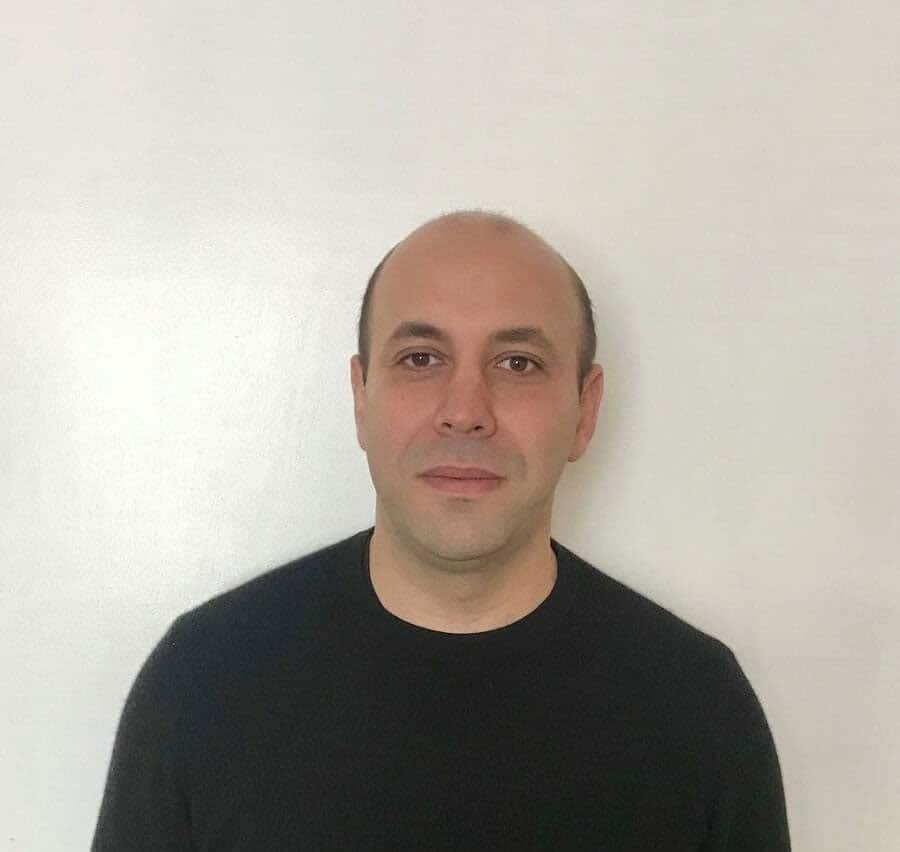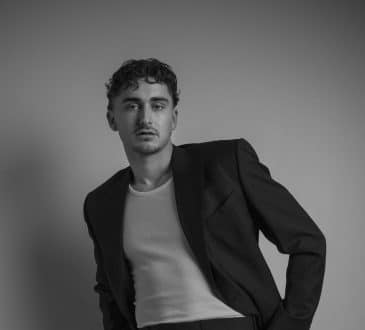Timur Yusufov on Building Communities: Blending Real Estate with Healthcare Innovation

Timur Yusufov is a Maryland-based entrepreneur and visionary in real estate development and healthcare innovation. With a background in Economics and Finance from the University of Maryland, Baltimore County (UMBC), Timur combines strategic insight with a commitment to creating sustainable, community-centered spaces. As the owner of Unique Homes, LLC, he specializes in revitalizing distressed urban properties, transforming them into modern, eco-friendly spaces that contribute to community renewal and safety. In healthcare, Timur’s role as COO of several medical and pharmaceutical companies highlights his dedication to improving patient care through advanced, patient-centered facility design. His projects, which include both real estate and healthcare initiatives, prioritize environmental responsibility and integrate cutting-edge technology to create efficient, accessible environments.
Timur Yusufov’s approach to business emphasizes social impact alongside financial growth, fostering a long-term vision where communities can thrive. Passionate about community involvement, he encourages his teams to actively engage in local initiatives, demonstrating a commitment to both economic and social development.
What inspired your journey into both real estate development and healthcare innovation?
My journey began with a desire to improve environments, both in the communities we live in and in the spaces where people seek care. I was inspired by the possibility of creating physical spaces that contribute to well-being. Real estate allows me to bring transformation to neighborhoods, especially those that have been neglected. In healthcare, I saw an opportunity to extend that impact by designing spaces that enhance the patient experience and make healthcare more accessible and comfortable. These fields might seem different, but both focus on providing better environments for people, which is the core of my mission.
How do you approach sustainability in your projects?
Sustainability is a priority in all my projects, whether in healthcare facilities or residential developments. In real estate, this means utilizing energy-efficient designs, renewable energy sources, and green building materials. In healthcare, sustainability can take many forms, from creating spaces that reduce waste to using materials that promote healing while being environmentally friendly. I believe sustainability is both a social responsibility and a smart business decision, as it meets growing demands for eco-friendly spaces and reduces long-term operational costs.
What challenges do you face when introducing new technologies in real estate and healthcare settings?
Introducing new technology in real estate and healthcare is exciting but also challenging. One major obstacle is cost. Advanced technologies like smart building systems or telemedicine solutions require significant initial investment. Additionally, integrating tech into traditional infrastructures can be complex. I’ve learned that taking a phased approach—starting with pilot projects and proving the return on investment—helps build trust and allows stakeholders to see the benefits firsthand. Educating the end-users, such as medical staff or residents, on how to use these technologies effectively is also crucial.
How do you think real estate developers can contribute to community wellness?
Real estate developers have a significant role in promoting community wellness. It starts by designing spaces that encourage social interaction, physical activity, and mental well-being. For instance, including green spaces, walking paths, and access to essential services within developments fosters a healthier community. It’s also about ensuring that these projects are affordable and accessible. Developers can contribute by offering multi-use spaces that cater to different demographics, helping to create vibrant, inclusive communities where people feel safe and connected.
What lessons have you learned from managing diverse projects in real estate and healthcare?
One lesson is the importance of flexibility. Each project comes with its own unique challenges and requirements, so I’ve had to learn to adapt and respond quickly. Another lesson is the value of collaboration. Working with professionals from different backgrounds, especially in healthcare, where medical professionals’ insights are essential, has taught me that the best results come from combining expertise. Lastly, I’ve learned to keep the end-user in mind in every decision. Whether I’m developing a new property or enhancing a healthcare facility, I ask myself: “How will this serve the people who use it?”
How do you envision the future of healthcare facilities, especially given recent technological advances?
I envision healthcare facilities that are more patient-centered, using technology not just to improve operations but to enhance the patient experience. Facilities of the future will likely incorporate elements like virtual care rooms, remote monitoring systems, and AI-driven diagnostics to streamline care and make it more personalized. I also believe in the potential of integrating biophilic designs and wellness spaces within healthcare facilities. It’s about creating environments that support both physical healing and emotional comfort, which is especially relevant as we learn more about the impact of environment on health outcomes.
Can you describe a project that you feel had a significant positive impact on its community?
One project that stands out is our work in revitalizing parts of Baltimore. We focused on restoring distressed properties and converting them into affordable housing. This project didn’t just address housing shortages; it also brought renewed energy to the area, reduced crime, and increased property values. By incorporating community spaces and eco-friendly elements, we provided residents with a higher quality of life and helped stabilize the neighborhood. It’s a project that has brought both economic and social benefits to the area, and I’m proud to have been a part of it.
What do you believe is the biggest misconception about sustainable development?
The biggest misconception is that sustainability is too costly or that it doesn’t provide a return on investment. While sustainable features can require an upfront investment, the long-term savings in energy and maintenance far outweigh those initial costs. Green buildings often have lower utility bills and higher occupancy rates, and sustainable healthcare facilities can reduce operational waste and improve patient satisfaction. There’s also a growing demand for eco-friendly spaces, so sustainable development is increasingly becoming a competitive advantage in the market.
What advice would you give to someone interested in merging real estate with another field, like healthcare or tech?
I’d say start by thoroughly understanding both fields. Merging real estate with another industry requires a deep understanding of each sector’s unique challenges and requirements. Seek out mentors or professionals from the other industry, as collaboration is key. Also, be prepared to innovate. Bridging two fields often involves bringing in fresh ideas and solutions, which means being open to experimentation and sometimes learning from failure. Lastly, always keep the end-user in focus. Whether in healthcare or tech, your goal should be to create spaces that meet people’s real needs.
How do you stay motivated in such a dynamic and challenging field?
My motivation comes from knowing that my work makes a difference. Every project has the potential to positively impact people’s lives, whether by providing a family with a safe and sustainable home or by creating a healthcare facility that promotes healing. I’m also motivated by the ever-evolving nature of my fields. Real estate and healthcare are constantly changing, driven by new technologies, environmental concerns, and societal needs. This keeps the work exciting and pushes me to keep learning and adapting. Finally, seeing the tangible results—communities revitalized, patients served, and positive feedback—reinforces my commitment to what I do.
Have you read?
Countries in the world with the most female billionaires.
Countries ranked by the percentage of the workforce that is made up of women.
Countries with the most (and least) personal space.
World’s Most (And Least) Religious Countries.
Bring the best of the CEOWORLD magazine's global journalism to audiences in the United States and around the world. - Add CEOWORLD magazine to your Google News feed.
Follow CEOWORLD magazine headlines on: Google News, LinkedIn, Twitter, and Facebook.
Copyright 2025 The CEOWORLD magazine. All rights reserved. This material (and any extract from it) must not be copied, redistributed or placed on any website, without CEOWORLD magazine' prior written consent. For media queries, please contact: info@ceoworld.biz








